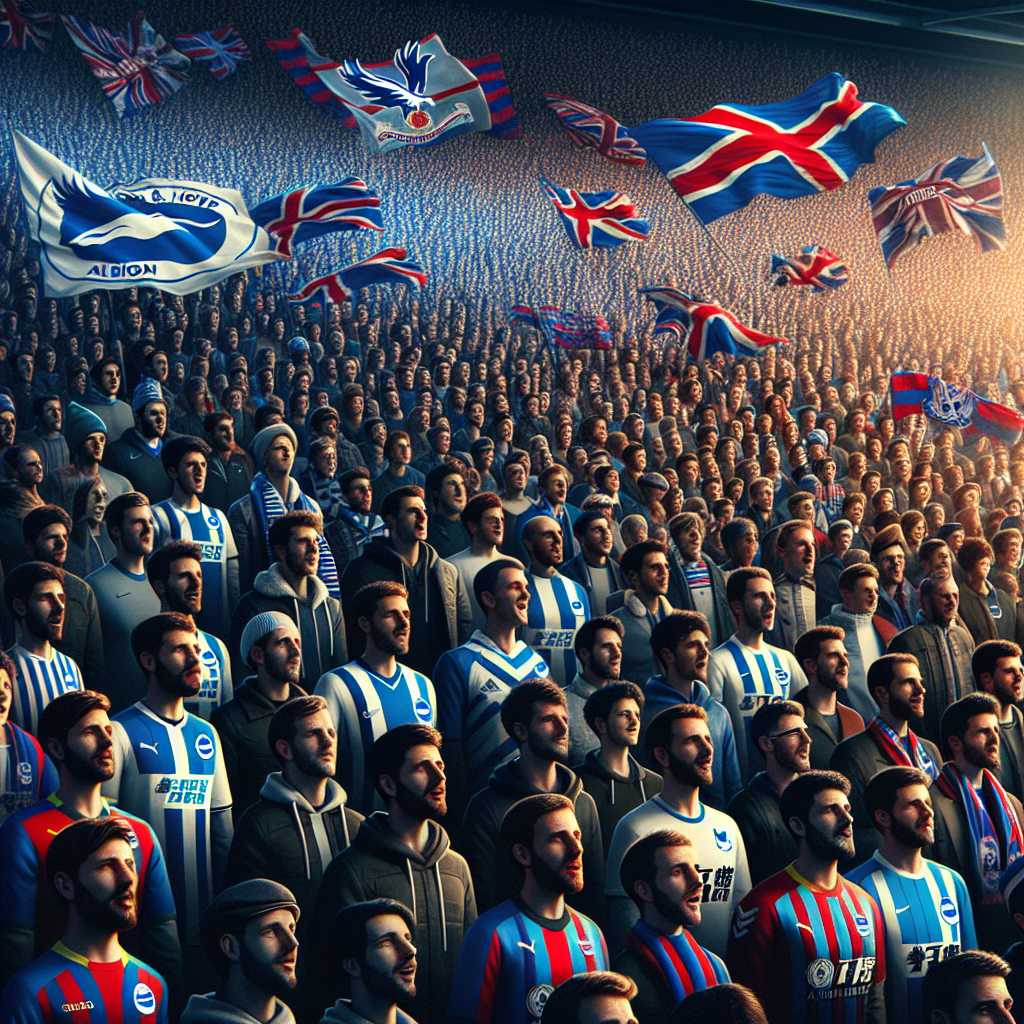The Fierce Rivalry of Brighton vs Crystal Palace: A Historical Perspective
The football match between Brighton & Hove Albion and Crystal Palace is one of England’s unique derbies, known for its intensity on and off the pitch despite the two clubs not being immediate geographical neighbors. This rivalry, which extends back to the 1970s, is more than a mere sporting contest; it encapsulates years of competition, memorable encounters, and a shared history that adds an intriguing layer to English football culture.
Origins of the Rivalry
The hostility between Brighton & Hove Albion, known colloquially as “The Seagulls,” and Crystal Palace, “The Eagles,” can be traced back to the late 1970s. It originated from a combination of close battles for promotions and some controversial matches. A key figure behind the scenes was Terry Venables at Crystal Palace and Alan Mullery at Brighton, both former Tottenham Hotspur teammates who managed the respective sides. Their personal rivalry proliferated among the fans, leading to the birth of this unique football derby.
Historic Clashes and Turning Points
Through the years, matches between these two sides have become historical landmarks in their own right. Dramatic games in the FA Cup, league encounters with promotion implications, and play-off matches that would define seasons are all part of the legacy. Each game has served to heighten the levels of emotion and rivalry amongst supporters, thus sustaining and growing its unique status.
Contemporary Contests and Atmosphere
In recent football seasons, Brighton vs. Crystal Palace matches have been laden with importance both for league standing and for bragging rights. The atmosphere during these contests is reportedly among the most charged in Premier League fixtures, even though they don’t have the local proximity like that of other derbies. Fans from both teams circle these fixtures on their calendars, as these intense battles reflect their long-standing eagerness to claim superiority over one another.
Relevance to Supporters and Local Communities
For many fans, the rivalry stretches beyond just football and into their daily lives. Being a supporter of either club within each other’s local community areas can dictate a multitude of interactions across cities where exchanges between fans are prevalent. Supporting Brighton or Crystal Palace carries an identity that often intersects with socio-cultural nuances, elevating the dynamic beyond just sport.
Impacts on Club Development
While English football is rife with storied rivalries, what sets this one apart is how it has impacted policies and philosophies at both clubs. Heathier financial investments, efforts to improve youth squads, augmentations in fan experiences at stadiums—all influenced by the desire to consistently best each other as rivals.
The Role of Media in Covering the Rivalry
Media portrayal of Brighton vs. Crystal Palace encapsulates anticipation and drama surrounding these fixtures. Pre-match analysis often dives deep into past meetings, player rivalries, and expected tactical clashes. Post-match coverage zeroes in on critical moments, fan reactions, clubhouse comments—further cementing this match’s position within pop culture.
Future Predictions and Evolution
As the Premier League landscape continues to evolve, so too does this rivalry. While today’s environment includes global fan bases and commercially-driven narratives for clubs, Brighton vs. Crystal Palace remains largely insulated from such dynamics—focusing instead on a purist rival spirit substantialized by devotion and history.
Notes
Image description: Fans from both Brighton & Hove Albion and Crystal Palace are pictured in a packed stadium awash with blue-and-white stripes and red-and-blue colors; anticipation etched into the faces of supporters amidst seas of fluttering flags under shimmering floodlights before kick-off in this enduring rivalry match.
